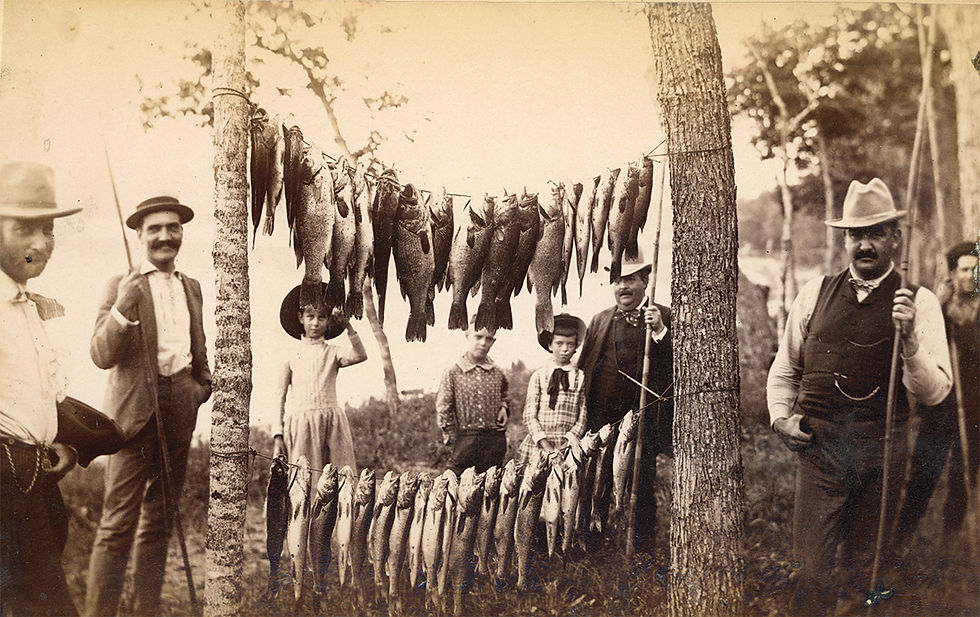DNR EagleCam now with babies
- Sr Perspective

- Mar 27, 2014
- 2 min read
America’s national bird, the bald eagle, is about to become a regular visitor in homes, offices and classrooms across the state, thanks to the Minnesota Department of Natural Resources’ nongame wildlife program and the citizens who donate to it, either directly or when filing their income taxes.
That’s because the DNR is now streaming live video of a nesting pair of bald eagles on its website at www.webcams.dnr.state.mn.us/eagle.
DNR biologists believe it’s the same pair of birds that used the nest last year, but their eggs failed to hatch, probably because they were laid too early and froze. This year, the birds have laid two eggs in the last five days.
“We’re excited they came back, and grateful that they’ve waited until a little later in the season to lay their eggs,” said Lori Naumann, DNR nongame specialist. “With the thaw this week, we’re really hoping the birds will be more successful this year.”
Located in the Twin Cities, the exact location of the nest is being withheld to prevent it from drawing crowds that might disrupt the eagles.
Once pushed to the brink of extinction, the American bald eagle has made a remarkable comeback with help from endangered species laws and a ban on the pesticide DDT. While less than 300 breeding pairs could be found in Minnesota in the 1980s, there now are about 1,300 active nests – more than any other state in the U.S. except Alaska. With three major rivers and an abundance of wooded areas, lakes and wetlands, the Twin Cities metro region is home to many bald eagles that find the habitat perfect for them.
“We’re lucky to live in a major metropolitan area that has such awesome natural areas and outdoor recreational opportunities,” said Erica Hoaglund, DNR nongame wildlife biologist. “We’re hoping people will get excited watching this eagle family and get out to one of our many state, county or city parks to experience nature first-hand.”
In addition to live video on the DNR’s website, information on the eagles’ activities will be regularly updated on the nongame wildlife program’s Facebook page. People also can subscribe to the DNR’s Twitter feed for regular updates. If people would like regular updates to their in-box, they can sign up for eagle cam email updates.
The eagle camera was paid for by DNR’s nongame wildlife program, which is largely funded by donations, especially those made when Minnesotans file their state income taxes. Line 21 of the Minnesota income tax form, marked with a drawing of a loon, gives taxpayers the option to donate to the program, a feature often referred to as the “chickadee check-off.” The nongame wildlife program works to protect, maintain, enhance, and restore native nongame wildlife resources, helping more than 700 species of Minnesota wildlife thrive.




Comments